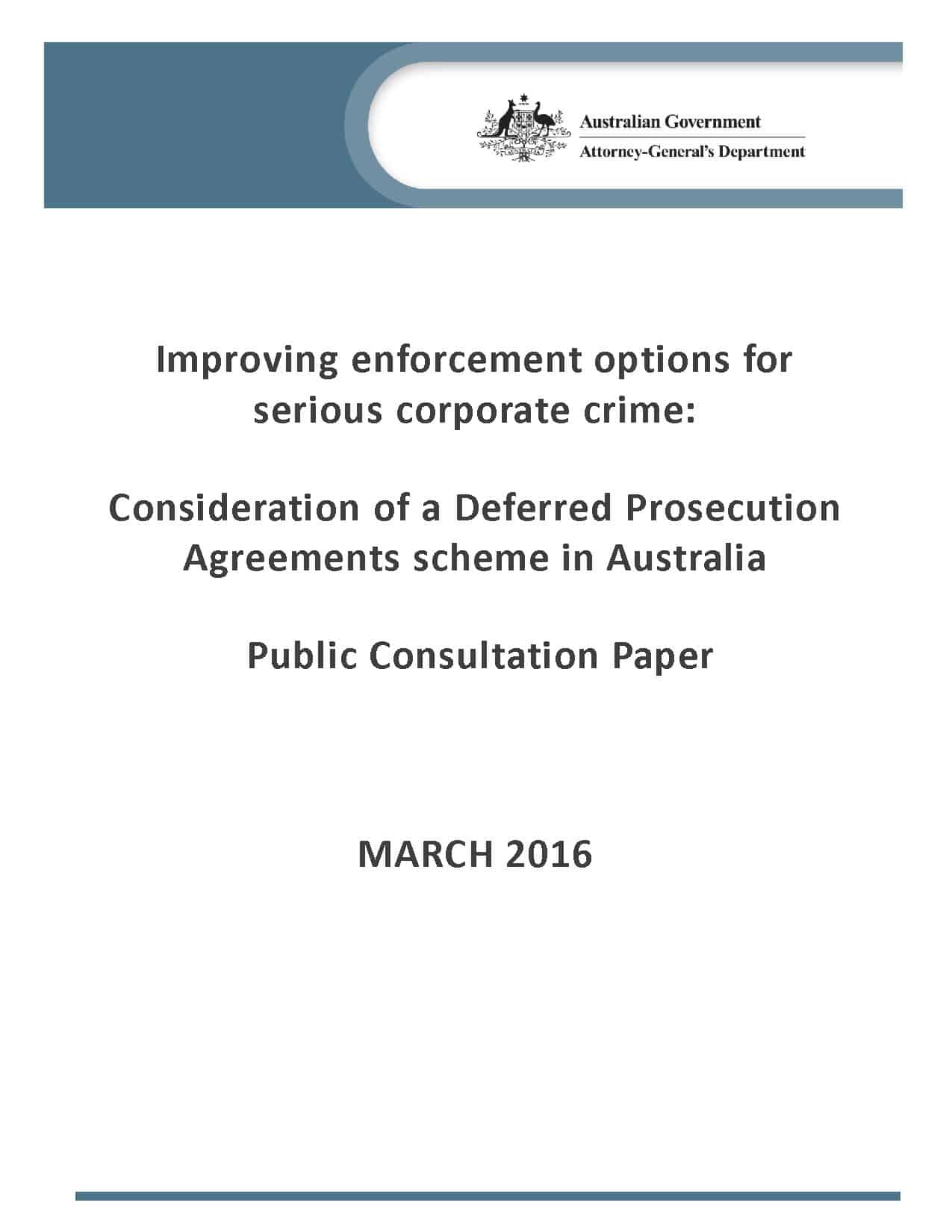 Industrial manslaughter laws passed through the Queensland Parliament on October 12 2017. The debate about the laws on that day is an interesting read as it illustrates some of the thoughts about workplace safety in the minds of policy decision makers, business owners, industry associations, trade unions and safety advocates.
Industrial manslaughter laws passed through the Queensland Parliament on October 12 2017. The debate about the laws on that day is an interesting read as it illustrates some of the thoughts about workplace safety in the minds of policy decision makers, business owners, industry associations, trade unions and safety advocates.
Lawyer for Herbert Smith Freehills, Steve Bell, has said in a LinkedIn post that:
“Will [industrial manslaughter laws] make workplaces safer? In my view probably not, but it will certainly affect the manner in which businesses respond to workplace incidents and external investigations.”
This perspective is understandable and valid when one considers the laws to be a part of the post-incident investigation and prosecution. A similar view was expressed in Queensland’s Parliament by the Liberal National Party’s David Janetzki, based on the submission by the Chamber of Commerce and Industry Queensland: Continue reading “Industrial manslaughter debate reveals commitment and misunderstandings”

 The Queensland Government is in the middle of a debate in Parliament and the media about the introduction of
The Queensland Government is in the middle of a debate in Parliament and the media about the introduction of  Queensland’s Minister for Employment and Industrial Relations,
Queensland’s Minister for Employment and Industrial Relations, 

 The Australian Council of Trade Unions (ACTU) commences its
The Australian Council of Trade Unions (ACTU) commences its